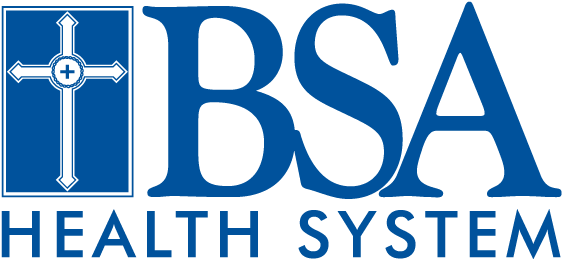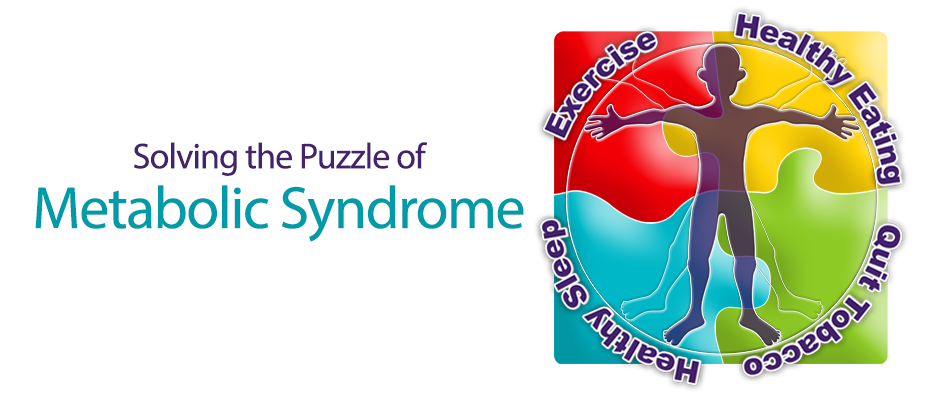Putting Together the Pieces of Metabolic Syndrome
You may have never heard of metabolic syndrome, yet you could be one of the 20 to 25 percent of the American population living with it. The problem is metabolic syndrome can predispose you to the number one killer of men and women – heart disease.
“Metabolic Syndrome is a group of risk factors like being overweight or obese, having insulin resistance (high blood sugar), high blood pressure, high cholesterol and physical inactivity that predispose a person to diseases like heart disease, heart attack, stroke and diabetes,” says BSA Chest Pain Coordinator Michelle Fowler, BSN, RN.
Most people who have metabolic syndrome have insulin resistance. The body makes insulin to move glucose (sugar) into cells for use as energy. Obesity, commonly found in people with metabolic syndrome, makes it more difficult for cells to respond to insulin. If the body cannot make enough insulin to override the resistance, the blood sugar level increases and diabetes can result. Metabolic syndrome may be a beginning of the development of type 2 diabetes. The American Heart Association warns Metabolic Syndrome could one day be the leading risk factor for heart disease (ahead of even smoking). Not only does metabolic syndrome prevalence increase with age, but as the Baby Boomer generation ages so does the population of the United States.
The good news - metabolic syndrome is reversible. “It is treatable by simply controlling the risk factors,” says Fowler. “The best way to control the risk factors is to lose weight, eat a healthy diet and exercise.”
Metabolic Syndrome Indicators
You may have metabolic syndrome if you have 3 or more of these indicators:
Abdominal obesity - waist circumference measures more than 35 inches for women and more than 40 inches for men
High blood pressure of 130/85 mm Hg (millimeters of mercury) or higher
Elevated fasting blood glucose level equal to or greater than 100 MG/DL
High triglyceride levels of more than 150 mg/dl (milligrams per deciliter) Triglycerides are a type of fat in the blood.
HDL cholesterol (the "good" cholesterol) of less than 40 mg/dl for men and less than 50 mg/dl for women
If you have questions about your risk of metabolic syndrome, talk to your health care provider.
BSA is hosting a community event Saturday, November, 2, 2013 from 7:00 a.m. to 10:00 a.m. in the BSA Auditorium (2ndFloor). Free metabolic syndrome testing for triglycerides, cholesterol, glucose, waist circumference and blood pressure will be available. Eight-hour fasting is required for the blood draw.




